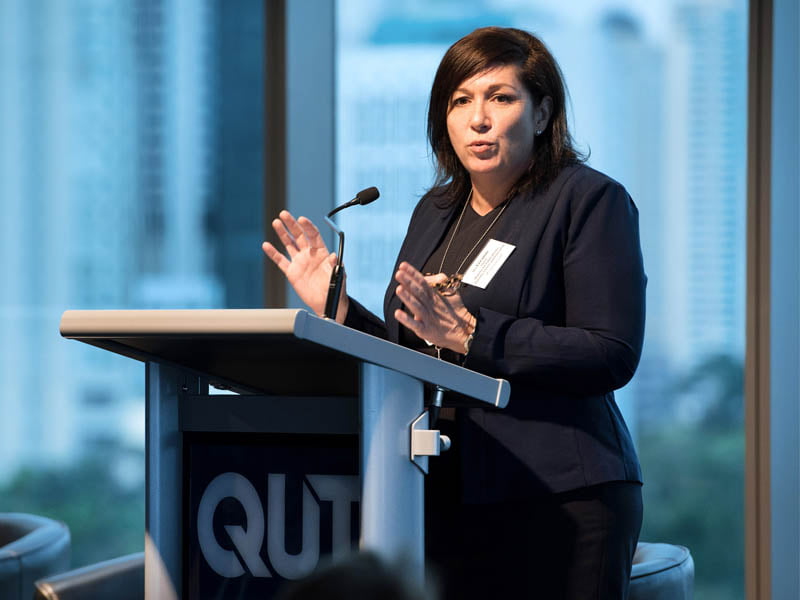The Queensland government calculates it could save about $400 million per year just by replacing paper-based transactions with over 400 new online services under its new whole-of-government digital-first approach.
The government unveiled its Digital 1st: Advancing our digital future strategy for 2017-2021. The plan calls for government to work closely with industry to get more services online and remove any manual processes. This will not only save money but also time from filling out paperwork, waiting for forms to be processed, and waiting in queues.
Queensland Innovation minister Leeanne Enoch described the digital first strategy as a first step in pushing for a cultural shift in the way technology is approached within government.

“We want our government agencies to think digital first when they’re looking at services and how they provide those services to Queenslanders,” Ms Enoch said.
“We want our collaborators – our industry and our citizens – to be thinking digital first, as well,” she said.
“It’s a conscious and deliberate change to say technology is the tool to be able to support our services, rather than the other way around.”
The digital first strategy has intentionally, according to Ms Enoch, been designed without any set targets or specific timeframes. Instead, the government has set out eight principles and four priorities (people, collaboration, connectivity, and trust) as the foundation for the strategy.
The eight principles include:
- Solve the right problem
- Digital by default
- Create unified digital experiences
- Prefer open over closed
- Make it secure by design
- Harness skills and experience – from inside and out
- Leave no-one behind
- Experiment, learn and improve
“It’s quite deliberate,” Ms Enoch said. “It should be a document that moves with the people, and that’s why people are at the centre of the actual strategy.
“As we move through these principles and priorities, what we will be able to determine together is the digital future and together we will be able to call for changes as people change…so that government can be more responsive.”
Ms Enoch said the strategy builds on a number of existing work the government has already been doing including Advanced Queensland; its ‘one stop shop’ program that focused on delivering all customer-facing services through a single website – similar to the NSW government’s Service NSW initiative; and its efforts of streamlining the interacting between seniors and government services.
“This digital first strategy is the great framework that we’ll see more of those services come online. We think quite a few hundred more transactions that can be transferred into online provisions for people who wish to access it that way,” she said.
One piece of work of major work that will take place the strategy will be a digital hospital program. eHealth Queensland chief executive Richard Ashby said this would see traditional charts and paper files converted into medical records across 24 hospitals in the state by 2020.
“Following the second stage of the integrated electronic medical record (ieMR) roll out at the Princess Alexandra, with the medications management, anaesthetics and research support (MARS) release this year, we are delivering improvements to patient care and safety through more accurate and efficient prescribing and administration of medications,” Dr Ashby said.
“The scale of this digital change is unprecedented in Australia, and by going digital we will be able to provide patients with the best care possible.”
As for how this initiative will be funded, Ms Enoch it will be the responsible for individual government agencies to deliver new services through their own budget.
“That’s why it’s a bit of a cultural shift,” she said. “We’re trying to say you’ve got to think digital first when you’re delivering, developing and budgeting for your services for Queenslanders.
“This is why you’ve got to put Queenslanders at the centre of all of this and utilise the technology to support them in a way they expect.”
The Queensland government will track the success of the strategy through an ICT dashboard, which will allow give an at-a-glance overview of all major government ICT projects underway.
There will also be an impact evaluation as part of the dashboard and ongoing feedback process where agencies will be able to report on their implementation progress.
Do you know more? Contact James Riley via Email.

